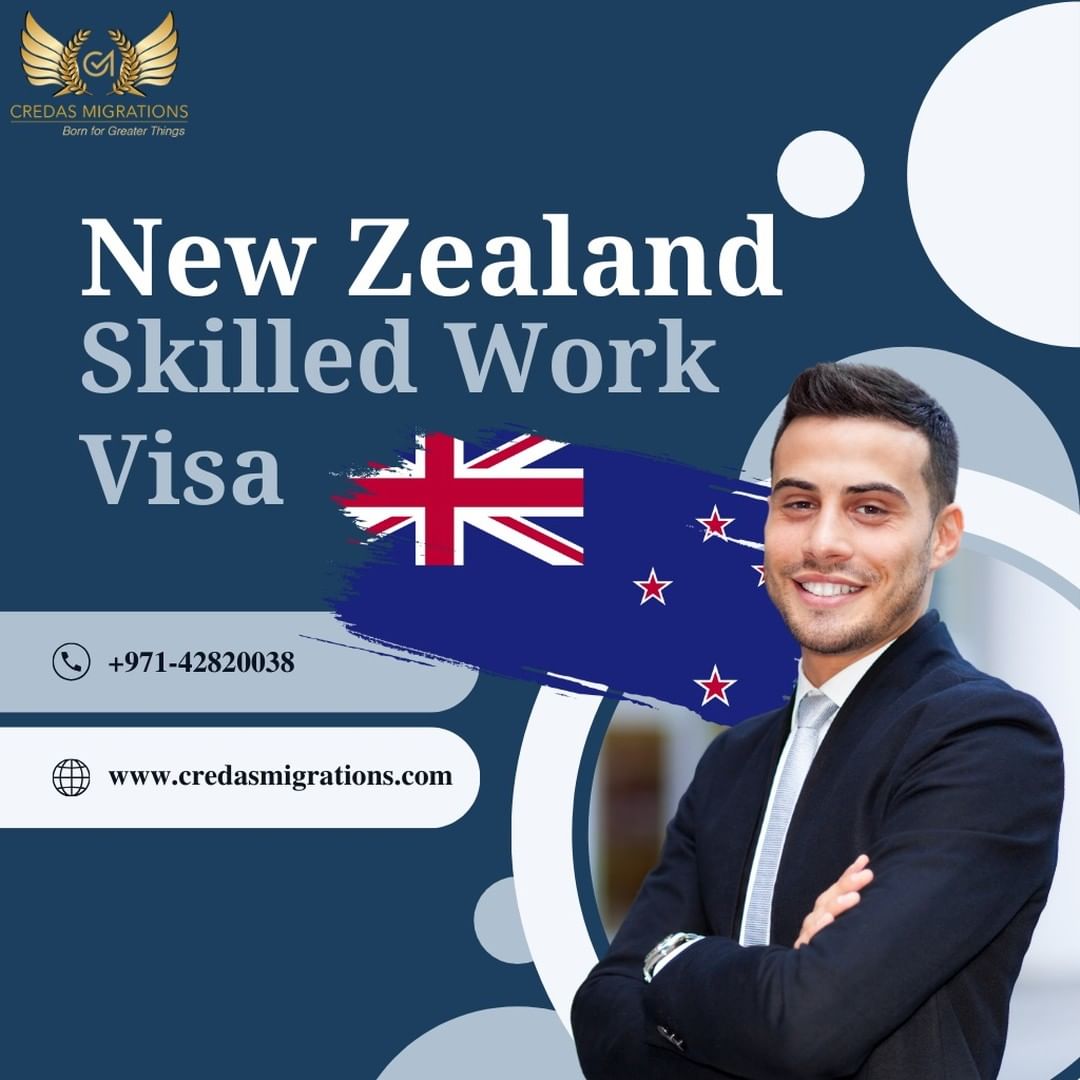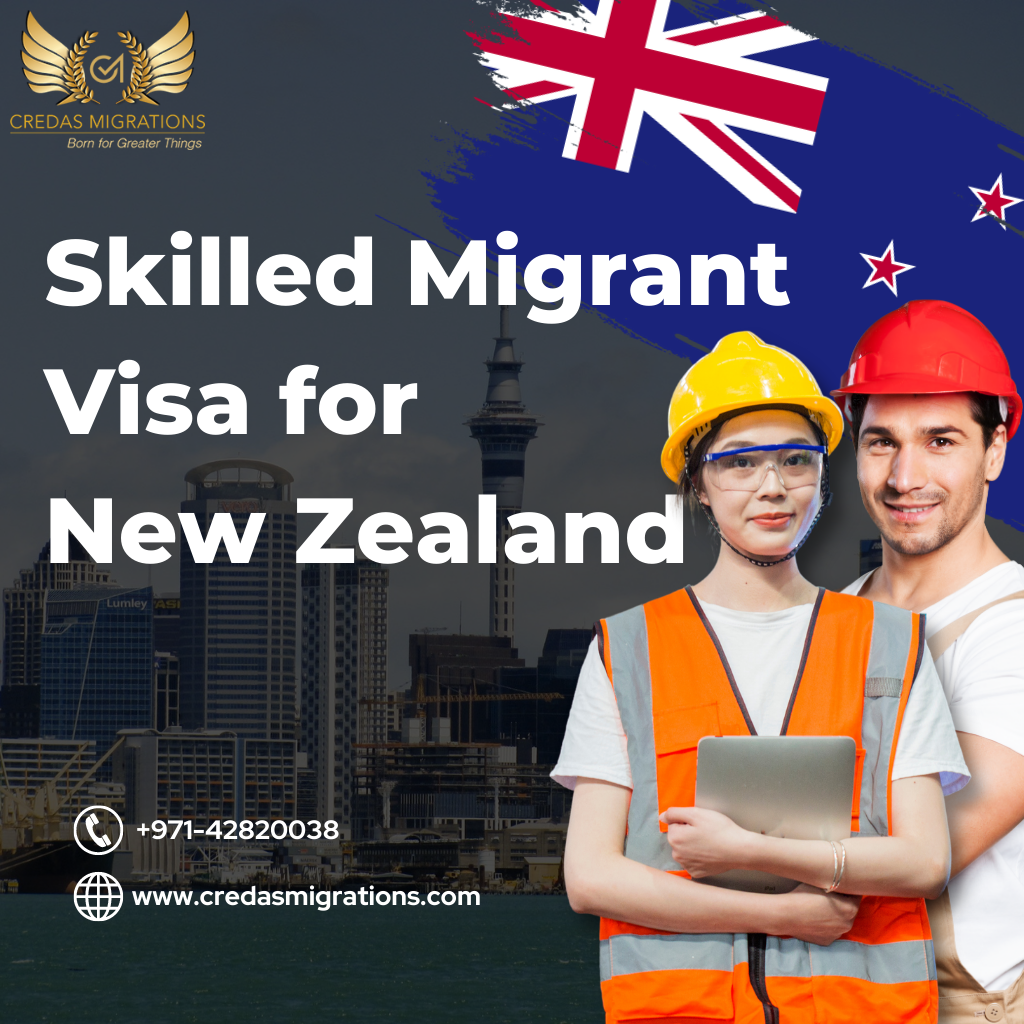For several years, the prospects of New Zealand as the "land of opportunity" for skilled migrants that the government is promoting have drawn many skills migrants from every context. In several respects, the uniqueness of New Zealand, beautiful scenery, growing economy and high living standard have prompted a lot of skilled labour force to find New Zealand as the parlour of a new home. Following a trend of record numbers of migration to New Zealand, recent years have seen measures by the government of New Zealand to maintain the sustainability of the skilled migrant trend. From these, changes have been introduced to New Zealand policy on the skilled migrant visa programme.
The current system of selection points in New Zealand aims to ensure adequate acceptance of migrant workers across the globe, who have the requisite skills, while striving to focus on workers who provide the impeccable opportunities New Zealand has, without exposing its skilled personnel to suffer as foreigners compete for relatively fewer jobs.

Sectors ranging from information technology to health and basic industries such as construction and agriculture underwent severe skill shortages, lightened by the supply of highly sought-after, skilled migrants. More migration, however, has strained amenities like underfunded infrastructure, housing stock and public services. The New Zealand government is now reviewing their immigration settings to address changing migrant and local resident needs in a more sustainable way.
The current system of selection points in New Zealand aims to ensure adequate acceptance of migrant workers across the globe, who have the requisite skills, while striving to focus on workers who provide the impeccable opportunities New Zealand has, without exposing its skilled personnel to suffer as foreigners compete for relatively fewer jobs.

Sectors ranging from information technology to health and basic industries such as construction and agriculture underwent severe skill shortages, lightened by the supply of highly sought-after, skilled migrants. More migration, however, has strained amenities like underfunded infrastructure, housing stock and public services. The New Zealand government is now reviewing their immigration settings to address changing migrant and local resident needs in a more sustainable way.
The New Skilled Migrant Visa Framework
The SMC visa, or Skilled Migrant Category visa, is New Zealand’s general skilled-work visa. New Zealand’s government has been using this visa as a framework for skilled-work immigration for a long time, but from 2017 onwards various changes have made the visa much more restrictive and demanding, imposing a fresh set of requirements. Skilled migrants who want to apply for this visa are awarded points for their age, qualifications, work experience, and job offers.
Key Changes in the Skilled Migrant Visa Policies
1. Increasing the Points Threshold: This threshold will ensure that employees with the highest employability index come to New Zealand as SMC holders. In this way, New Zealand is ensuring that the incoming migrants are of the best quality in terms of future contribution to both the economy and the society.
2. Minimum Wage: A minimum salary level that migrants must have when joining on a skilled visa – creating a distinct wage level in Rwandans’ minds and allowing the skilled migrant worker to bargain down from that level, just like a local worker well may.
3. Regional Distribution: The new policy makes a deliberate regional geographical distinction, recognising that, since different areas have different relative shortages of certain skills and economic needs, it offers incentives to encourage skilled migrants to the non-metropolitan regions. Greater dispersal helps reduce pressures on infrastructure in the main cities, and can support regional development, by building up regional skills supply.
4. English Language Requirement Essential Aspect: To become integrated into the New Zealand society and labour market successfully, English language requisite is imperative. Policy: In the new policy, it appears that authorities are paying much attention to the English language proficiency of the migrants to ensure that the migrants are able to communicate effectively with others and participate well in the community.
2. Minimum Wage: A minimum salary level that migrants must have when joining on a skilled visa – creating a distinct wage level in Rwandans’ minds and allowing the skilled migrant worker to bargain down from that level, just like a local worker well may.
3. Regional Distribution: The new policy makes a deliberate regional geographical distinction, recognising that, since different areas have different relative shortages of certain skills and economic needs, it offers incentives to encourage skilled migrants to the non-metropolitan regions. Greater dispersal helps reduce pressures on infrastructure in the main cities, and can support regional development, by building up regional skills supply.
4. English Language Requirement Essential Aspect: To become integrated into the New Zealand society and labour market successfully, English language requisite is imperative. Policy: In the new policy, it appears that authorities are paying much attention to the English language proficiency of the migrants to ensure that the migrants are able to communicate effectively with others and participate well in the community.
Implications for Skilled Migrants
Consequently, this explanation shows difference in the skilled migrant policy, that it became more competitive for skilled migrants wishing to move to New Zealand. Apart from that the skilled migrant wishing to move to New Zealand would have to pay extra attention to fulfill all the toughen condition on skilled migrant visa application. Therefore, applicants who wish to move to New Zealand skilled migrant visa must know the new condition and criteria on whether they could meet stated conditions or not, before they apply for the skilled visa.
Navigating the Application Process
To navigate the skilled migrant visa application process successfully, applicants should:
1. Point-Test: Eligible or not? Before you submit any application, you’ll want to assess whether you are likely to be able to reach a points test – typically for general qualifications, work experience or otherwise – published by Immigration New Zealand.
2. Finding Work: Get an offer of skilled employment from a New Zealand employer – and nothing else will do as much at the points stage.
3. English Qualifications: Specimen IELTS or PTE examinations should be attempted if English is not your native language.
4. Consult a Professional: Given the complexities of immigration law and procedures, it might be worthwhile to engage the services of immigration consultants or lawyers, who could guide us through the application process, prepare and complete forms and, as and when needed, address concerns or queries.
Conclusion
Reigning in the apparent ease of visas for skilled migrants is New Zealand’s way of tying its hands behind its back to ensure that migration levels are maintained at a sustainable level. Though the revised policy is certain to be a hardship for prospective migrants, it is also a solid demonstration of a country willing to do whatever it takes to facilitate movement to it by a category of individuals who will undeniably expand the nation’s economic prosperity and contribute productively to New Zealand’s human resources. If intending migrants are prepared to live with the new policy, New Zealand will be a little more difficult to move to, but it will still be a great destination, for those who can get there, and a satisfying, life-changing experience.
1. Point-Test: Eligible or not? Before you submit any application, you’ll want to assess whether you are likely to be able to reach a points test – typically for general qualifications, work experience or otherwise – published by Immigration New Zealand.
2. Finding Work: Get an offer of skilled employment from a New Zealand employer – and nothing else will do as much at the points stage.
3. English Qualifications: Specimen IELTS or PTE examinations should be attempted if English is not your native language.
4. Consult a Professional: Given the complexities of immigration law and procedures, it might be worthwhile to engage the services of immigration consultants or lawyers, who could guide us through the application process, prepare and complete forms and, as and when needed, address concerns or queries.
Conclusion
Reigning in the apparent ease of visas for skilled migrants is New Zealand’s way of tying its hands behind its back to ensure that migration levels are maintained at a sustainable level. Though the revised policy is certain to be a hardship for prospective migrants, it is also a solid demonstration of a country willing to do whatever it takes to facilitate movement to it by a category of individuals who will undeniably expand the nation’s economic prosperity and contribute productively to New Zealand’s human resources. If intending migrants are prepared to live with the new policy, New Zealand will be a little more difficult to move to, but it will still be a great destination, for those who can get there, and a satisfying, life-changing experience.

